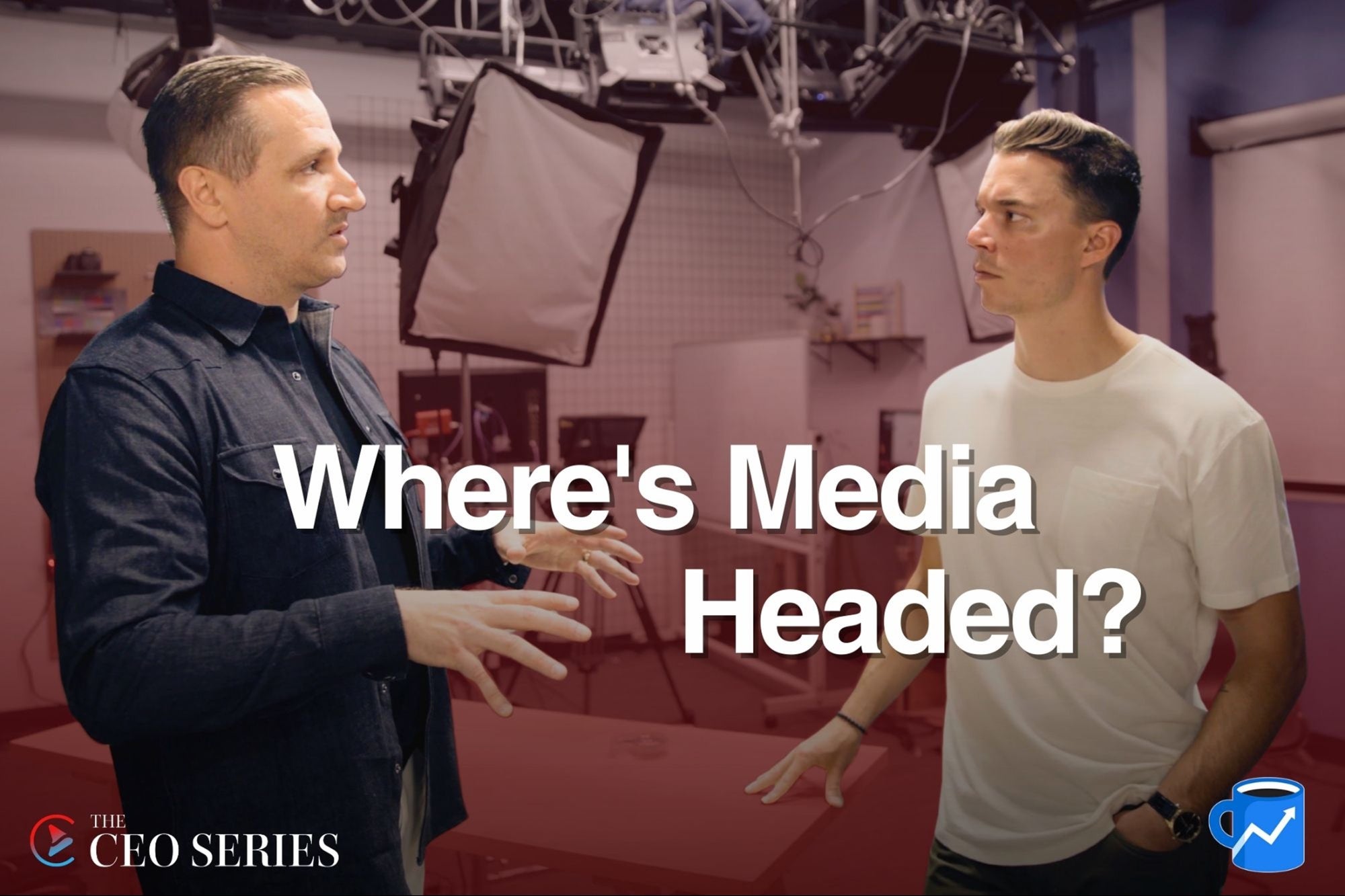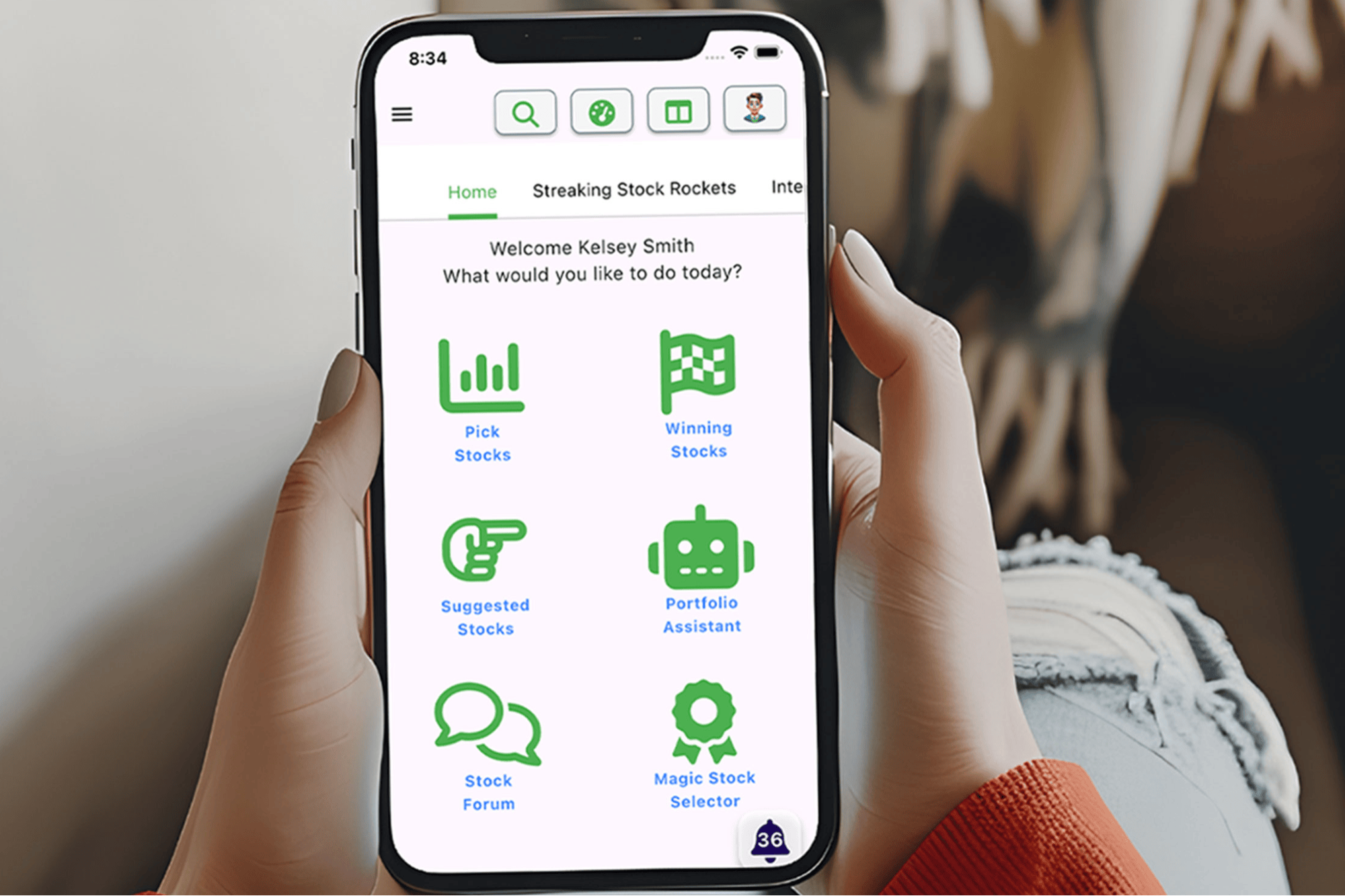Opinions expressed by Entrepreneur contributors are their own.
Generative AI is changing how audiences discover, consume and trust information — and with it, the rules of PR and marketing. As tools like Google’s AI Overviews and ChatGPT become the front door to content, a new discipline is emerging: Generative Engine Optimization (GEO).
Companies must understand how GEO is reshaping brand visibility, why earned and owned content must evolve, and what businesses should be doing to prepare for a generative-first future.
Join top CEOs, founders and operators at the Level Up conference to unlock strategies for scaling your business, boosting revenue and building sustainable success.
What is GEO, and how does it differ from traditional SEO?
GEO is the practice of optimizing content to appear in AI-generated answers from tools like ChatGPT or Google’s Search Generative Experience (SGE). It differs from SEO in important ways:
- Audience: GEO prioritizes content that is clear, relevant and easily understood in a conversational context, making it more accessible to AI systems generating human-like responses. In contrast, traditional SEO is designed to optimize content for search engine crawlers and ranking algorithms.
- Placement: GEO aims for inclusion in AI summaries and answers, not just search engine rankings.
- Format: GEO favors concise, well-structured and authoritative content that large language models (LLMs) can easily interpret and synthesize.
- Metrics: GEO success isn’t clicks; it’s citations, mentions and inclusion in AI outputs.
Tools like Google’s AI Overviews and ChatGPT are changing how customers discover and trust information. They are reshaping discovery by delivering instant, synthesized answers instead of directing users to multiple sources. They’re also shifting trust from traditional websites to AI-generated summaries making the model the new gatekeeper of credible information.
Related: AI Can Burn Out Your Team — Or Save It. Here’s the Difference
“Visibility” has acquired new meaning with the advent of GEO. Here’s how I define visibility in a generative-first content landscape: it means being recognized and trusted in a noisy space that is saturated with content. It also means showing up consistently and meaningfully in the right communication channels and conversations and standing out with credibility.
Earned media placements and PR-driven content create greater visibility, influencing generative AI outputs. When your company is featured in respected media outlets, it shapes how AI systems “learn” about you. Those placements become part of the digital fabric that makes your narrative discoverable, contextualized and reinforced across both human and machine interpretation.
How teams can prepare for a generative-first future
You have to intentionally shape how your brand shows up in AI-generated outputs. To check for accuracy and credibility, search your company, executives and products using generative AI tools and see what comes up. This “audit” will show you how, or if, your company is showing up.
Invest in PR to drive ongoing, high-quality earned media coverage. Generative models rely on trusted public data. Coverage in authoritative outlets and consistent thought leadership help define your narrative in the AI ecosystem. Create quality, consistent, well-tagged content like press releases, FAQs, blogs and explainers that AI can easily parse and summarize.
Build out a machine-readable foundation of facts about your company’s people, products, milestones and positioning. This helps prevent misrepresentation and hallucination in AI responses. PR, SEO and data strategy disciplines are converging fast. Collaborate across content, communications and digital strategy to build a unified approach to visibility in both search and AI-generated outputs.
There will be new skill sets and roles designed to manage visibility across both human and machine audiences. Here are three interesting roles I’ve heard about:
- An AI Visibility Strategist is a hybrid role combining PR, SEO and data science expertise.
- Prompt Architects are focused on crafting and refining prompts that shape AI-generated content, both for internal use (marketing, sales, comms) and external influence (e.g., training custom models or fine-tuning LLM assistants).
- The AI Ethics & Brand Integrity Lead ensures that content generated or amplified by AI aligns with company values, brand standards and regulatory guidelines, especially in high-stakes sectors like finance, healthcare or public policy.
Related: How AI Is Transforming the SEO Playbook — and What Businesses Must Do to Ensure Long-Term Relevance and Visibility
Recommendations for remaining relevant
Business leaders must take a broader view of content strategy to serve both human audiences and AI systems. PR can no longer focus solely on generating buzz. It must evolve to engineer discoverability, ensuring your brand appears accurately and consistently in both media coverage and AI-generated content.
Focus on securing high-quality earned media coverage. Amplify expert-driven content that positions your brand as a credible authority in the space. Generative AI pulls from high-quality, trusted sources. And make sure to use clean headlines, consistent messaging and well-tagged digital assets (like FAQs, explainer blogs or press releases) that can be easily indexed and understood by machines, not just people. AI models value clarity and context.
Be intentional with keywords, brand voice and accuracy. Everything you publish feeds the AI ecosystem. From a podcast quote to a bylined article, assume it could be surfaced, summarized or cited in future outputs.
How GEO will reshape the relationship between PR, marketing and search
I predict that in the next two to three years, GEO will collapse the silos between PR, marketing and search. PR will become a core visibility driver for AI-based discovery. As generative engines replace traditional search for many users, PR will shape machine understanding. Media placements, quotes and thought leadership will become ever more critical data inputs that influence how AI summarizes and represents your brand.
SEO will evolve into narrative optimization. Marketers will need to ensure brand messaging is consistently structured, credible and reinforced across all public touchpoints. GEO will require optimization not just for ranking but for inference, context and coherence in AI-generated content.
Marketing will shift from campaigns to context-building. Brands must feed the AI ecosystem with high-quality, high-context materials that can be surfaced across any platform or prompt. That means marketing will spend more time on source authority, content integrity and long-term discoverability.
No company survives by doing what it’s always done and ignoring innovation. GEO is a powerful new branch of SEO, and you need to capitalize on it to be seen by decision-makers now that AI summaries dominate search queries. Use the strategy and recommendations discussed above to chart your own course to getting the visibility your brand deserves.








